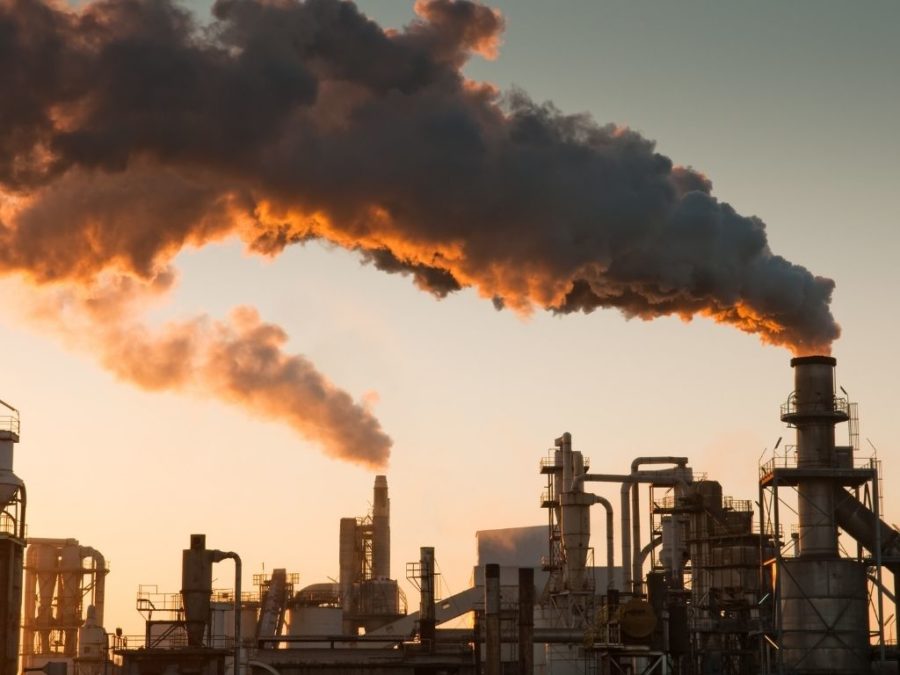
The world has been relying on oil, coal, and natural gas as the main sources of electricity for over 150 years. We prepared an easy guide with everything kids need to know about fossil fuels, from what types there are to their detrimental effects on our planet.
—
Fossil fuels are used to produce the electricity we need to run most machines of modern life. From heating our homes to fueling cars, about 80% of the world’s energy currently comes from fossil fuels. These energy sources are not renewable, meaning that once we use them up, they are gone forever.
Like fossils, they are the remains of organisms like plants, animals, and other living things that lived millions of years ago. Once dead, these organisms sank into the ground and were slowly covered by many layers of rock. Over the centuries, their remains changed in form, turning into different kinds of fossil fuels as we know them today. In order to release the energy stored inside them, fossil fuels are mined and burned.
1. Oil
Oil comes from microscopic organisms such as algae. It is often reached in places under the oceans using drills and oil rigs and it makes its way up to the surface through pipes. Oil is used to make gasoline for vehicles and heating systems and it is also used to manufacture common products such as paints and a lot of cosmetics, from lip balms to eyeliners!
Extracting oil from the ground and transporting it poses major environmental threats. Oil spills are a recurring event. When oil is dispersed in the environment, it pollutes oceans, wetlands, freshwater sources, and other ecosystems and often puts even human health at risk.
Check This Out Next: How Do Oil Spills Affect the Environment?
2. Coal
Coal was formed from layers of dead plants over the course of millions of years. After being extracted from the earth, coal is burned at power stations to generate electricity and it is also used to produce plastics, fertilisers, and some medicines.
Coal mining is an extremely harmful process as it disturbs the land and affects biodiversity. The burning process generates a variety of air pollutants that harm humans and the environment. Moreover, the ash that is created through coal combustion is extremely toxic and, when dispersed in the atmosphere, it pollutes waterways.
3. Natural Gas
Similar to oil, natural gas also comes from microscopic organisms such as algae. It is a mixture of different gases – the main one being methane – that formed beneath the Earth’s surface over millions of years and it is mainly used to heat buildings and water, provide outdoor lighting, dry clothes and cook. Natural gas is extracted from underground through a process called hydraulic fracturing, or fracking.
Despite leading to fewer emissions than coal, the process of generating electricity from natural gas is still responsible for the release of a lot of toxic gases into the atmosphere. One of them is methane, which is 25 times as potent as carbon dioxide at trapping heat in the atmosphere.
As countries burn fossil fuels to generate electricity, they release immense quantities of greenhouse gases such as carbon dioxide and methane. These stay in the atmosphere, trapping heat from the sun and leading to global warming.
According to scientists, the earth’s average surface temperature has increased by 1C (1.8F) in the last 150 years, with over half of the rise occurring since the mid-1970s. Although this doesn’t sound like a lot, this seemingly small increase in the average global temperature has a huge impact on weather patterns and wildlife around the world!
Absolutely! Fossil fuels are not the only way we have to generate electricity. Cleaner technologies such as renewable energy can support a more sustainable energy system without emissions. The world is finally investing in these infinite sources of energy and today, nearly 26% of the global electricity is generated from renewables such as solar, wind, hydroelectric, and geothermal power.